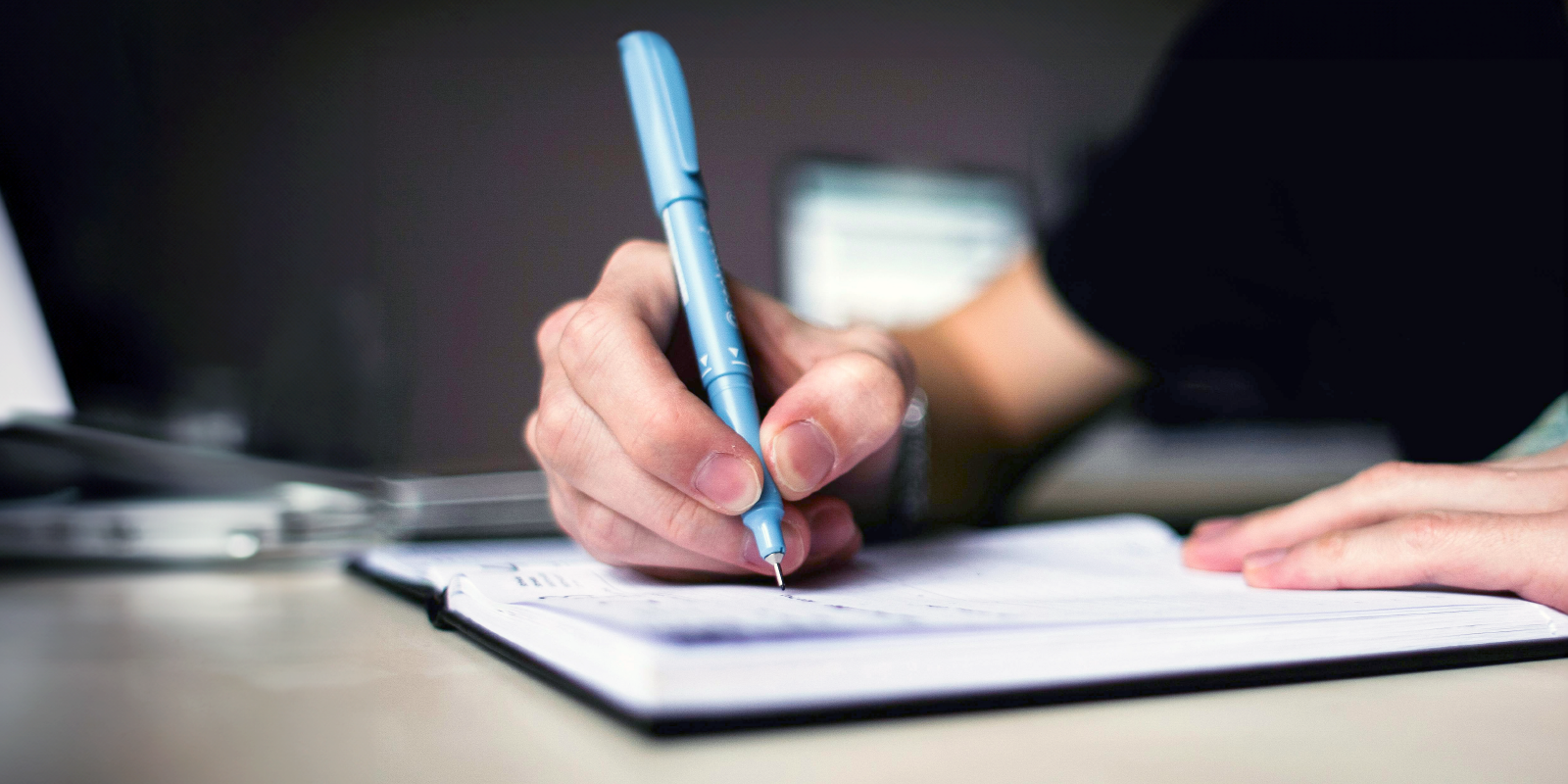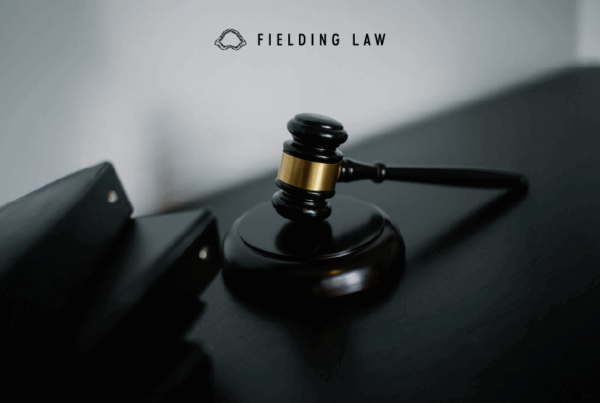After experiencing an accident, whether it is a car crash, slip and fall, or any other mishap, the steps you take in the immediate aftermath can significantly impact your ability to seek compensation and justice. One of the most crucial actions you can take is documenting evidence related to the accident.
Preserving the Scene and Conditions
Documenting evidence starts at the scene of the accident. If you are physically able to do so, take photographs or videos of the accident scene, including any vehicles involved, hazardous conditions, injuries, and property damage. These visual records can provide valuable context and evidence later on.
Gathering Witness Statements
If there are witnesses to the accident, obtain their contact information and ask them to provide statements about what they saw or heard. Witness testimonies can corroborate your version of events and provide additional evidence to support your case.
Obtaining Medical Records and Reports
Seek medical attention immediately after an accident, even if you do not believe your injuries are severe. Medical records, reports, and bills serve as crucial evidence of the extent of your injuries, the treatment you received, and the associated costs. Keep copies of all medical documentation for your records.
Preserving Physical Evidence
In cases involving defective products, property damage, or other physical evidence, preserve these items as much as possible. Do not repair or dispose of damaged items until you have consulted with a personal injury attorney. Physical evidence can be instrumental in proving liability and damages.
Communicating with Law Enforcement
If law enforcement responds to the accident scene, ensure that you provide accurate and detailed information about the incident. Obtain copies of police reports and incident numbers, as these documents can serve as official evidence in your case.
Note: Information provided is for educational purposes and does not constitute legal advice. Always consult with a qualified attorney for legal concerns.





